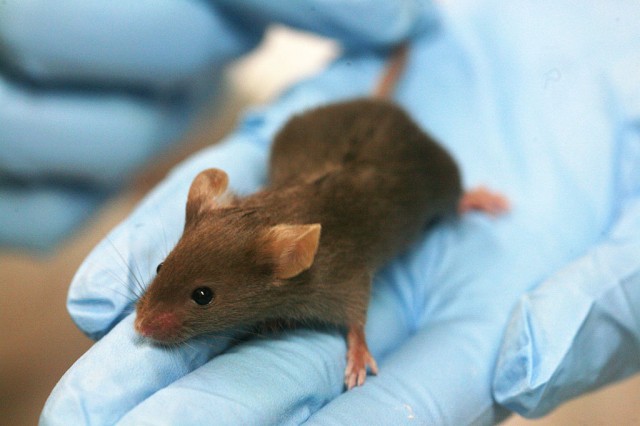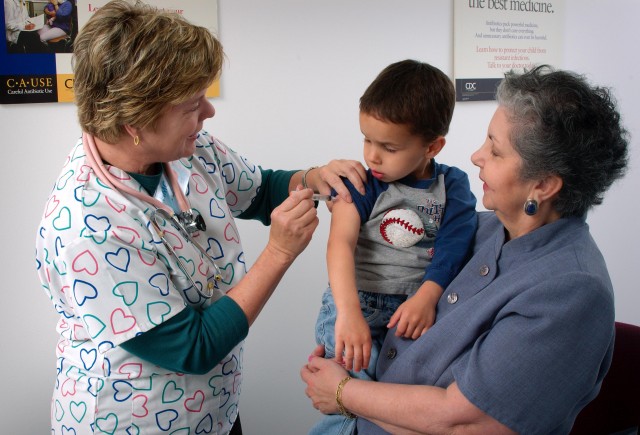
The Arctic has seen the biggest proportion of our climate's warming. (credit: NASA GISS)
The climate is driven by a complicated interaction of factors. While greenhouse gases contribute to warming, other influences produce a cooling that may mask the full effects of greenhouse gases. We knew that aerosolized particulates produce a cooling effect, but it has been difficult to figure out how large this is, given the ongoing warming.
Research presented in Nature Geoscience now tries to put a number on the aerosol effect. Additional work on the same issue shows that recent changes to emissions regulations may have strongly accelerated the warming happening in the Arctic.
Aerosolized particles in the atmosphere scatter light and cool the planet by reflecting some of the Sun’s light back out into space. Additionally, these particulates may act as catalysts for the formation of clouds, allowing water droplets to accumulate around them. Clouds have a mixed impact on the climate, reflecting incoming sunlight while also insulating the planet to a degree. This particular interaction, between aerosols and clouds, remains a source of uncertainty in climate science.







